Gallbladder Disease In Cats
Gallbladder disease in cats. This seems possible due to the continued strong appetite which is characteristic of hyperthyroidism. Bile from the liver is stored in the gallbladder until is it needed for digestion. Most cats recover quite well from gallbladder surgery but overall recovery and prognosis depends on the cause of the stones.
Many maybe most gall stones found in dogs and cats are clinically insignificant and only serve to confuse veterinarians. During surgery the cat will be placed under general anesthesia. Inflammatory liver disease is the second most common liver disease reported in cats.
Appetite changes such as decreased appetite sudden loss of appetite or sudden excessive appetite Vomiting Weight loss Abdominal pain Jaundice Lethargy Fever Pale stools Abnormal bleeding Shock evident by shallow breathing hypothermia pale or grey. Cats may be jaundiced yellowish discoloration of the skin eyes gums and mucous membranes. If gallstones have formed in the past the veterinarian may elect to remove the gallbladder from the cat.
In suppurative CCHS the clinical signs are more severe and sudden. The 2 types of inflammatory liver disease in cats are cholangitis cholangiohepatitis and portal lymphocytic hepatitis. Cholangitis is an inflammation of the bile ducts small tubes inside the liver that carry bile to the gallbladder and small intestine.
The cat may be exhibiting symptoms such as. The term liver cancer or hepatic neoplasia refers to any tumor within the liver. Acute liver failure results in sudden loss of liver function which is often associated with.
Ultrasound findings in dogs with bacterial cholecystitis are non-specific. If this is the first time gallstones have formed the veterinarian may remove only the gallstones from the gallbladder or bile duct opening retaining the gallbladder. When bile ducts become inflamed or obstructed bile cannot flow and the cat becomes ill exhibiting symptoms such as lack of appetite vomiting abdominal pain and sometimes jaundice.
Poisons causing liver damage eg sago palm Amanita mushrooms acetaminophenparacetamol. The most common form of liver disease in cats is probably cholangiohepatitis.
Cats may live a long time when they have cholangiohepatitis.
In suppurative CCHS the clinical signs are more severe and sudden. Pancreatitis Bowel Disease Gall Bladder Disease in Cats The term triaditis refers to concurrent inflammation of three separate organs that occur in the same patient. Inflammatory liver disease is the second most common liver disease reported in cats. When bile ducts become inflamed or obstructed bile cannot flow and the cat becomes ill exhibiting symptoms such as lack of appetite vomiting abdominal pain and sometimes jaundice. Restricted blood supply to wall of the gall bladder Poor muscle function in the gall bladder Past abdominal surgery and increased abdominal sensitivity. This seems possible due to the continued strong appetite which is characteristic of hyperthyroidism. Appetite changes such as decreased appetite sudden loss of appetite or sudden excessive appetite Vomiting Weight loss Abdominal pain Jaundice Lethargy Fever Pale stools Abnormal bleeding Shock evident by shallow breathing hypothermia pale or grey. Finding sludge in the gall bladder can also occur in clinically normal dogs. During surgery the cat will be placed under general anesthesia.
In addition to wall thickening echogenic material in the gallbladder is not normal in cats and indicates inflammatory biliary disease such as cholecystitis Figure 11. If this is the first time gallstones have formed the veterinarian may remove only the gallstones from the gallbladder or bile duct opening retaining the gallbladder. Ultrasound findings in dogs with bacterial cholecystitis are non-specific. Cholangitis is an inflammation of the bile ducts small tubes inside the liver that carry bile to the gallbladder and small intestine. The 2 types of inflammatory liver disease in cats are cholangitis cholangiohepatitis and portal lymphocytic hepatitis. Inflammatory liver disease is the second most common liver disease reported in cats. Cats with suppurative CCHS often have painful abdomens a high fever anorexia collapse and vomiting.
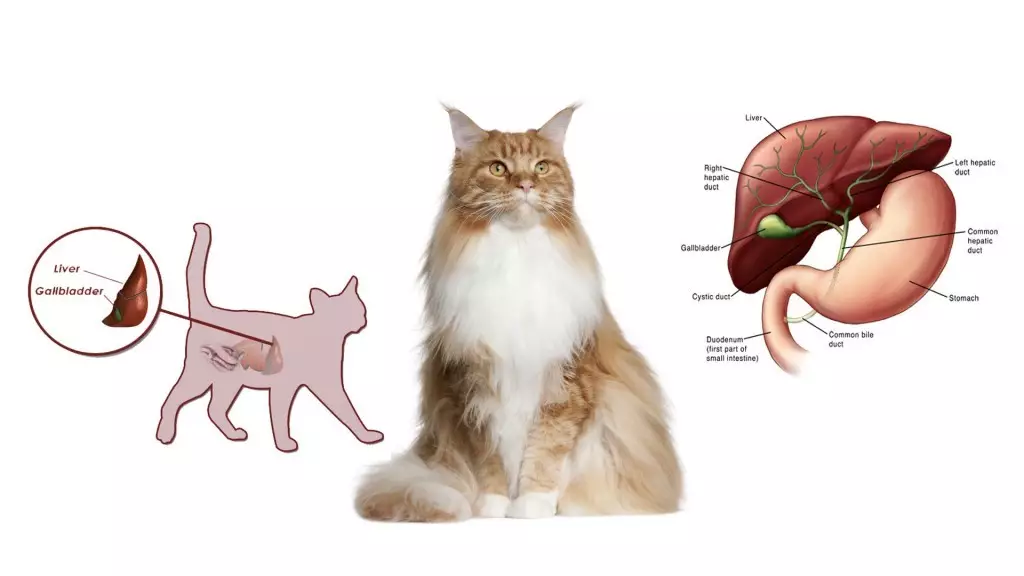
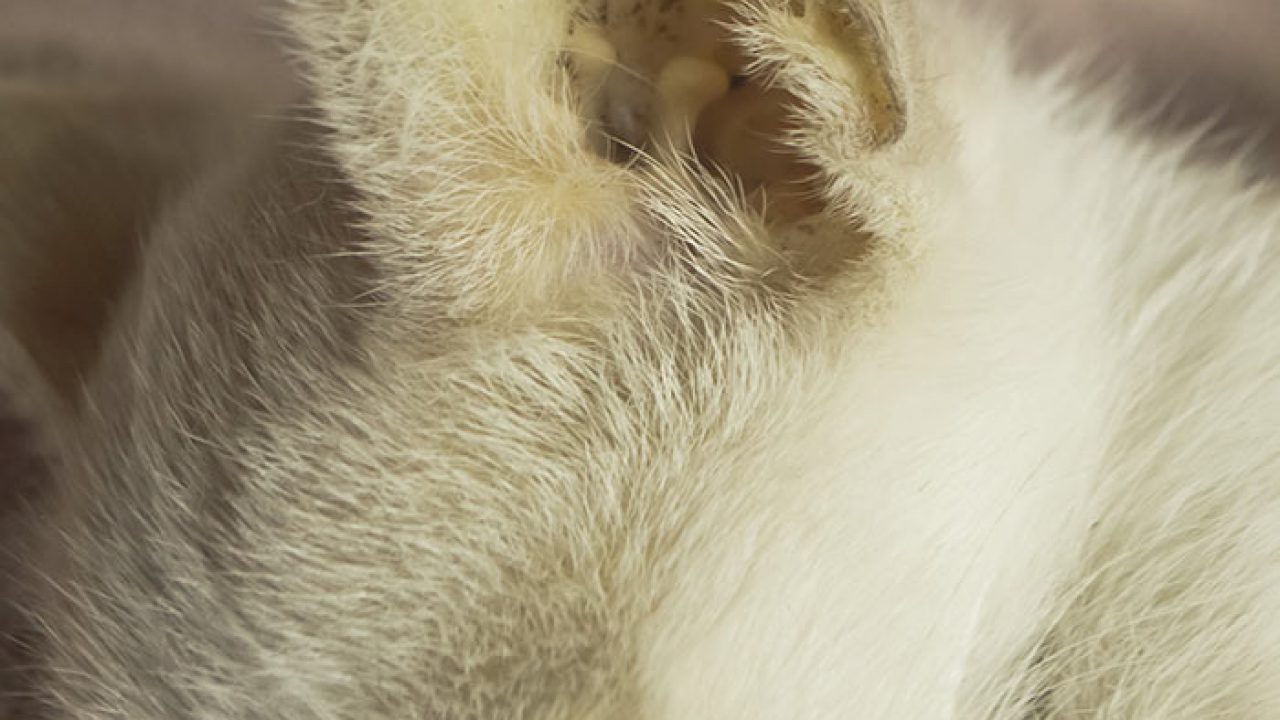
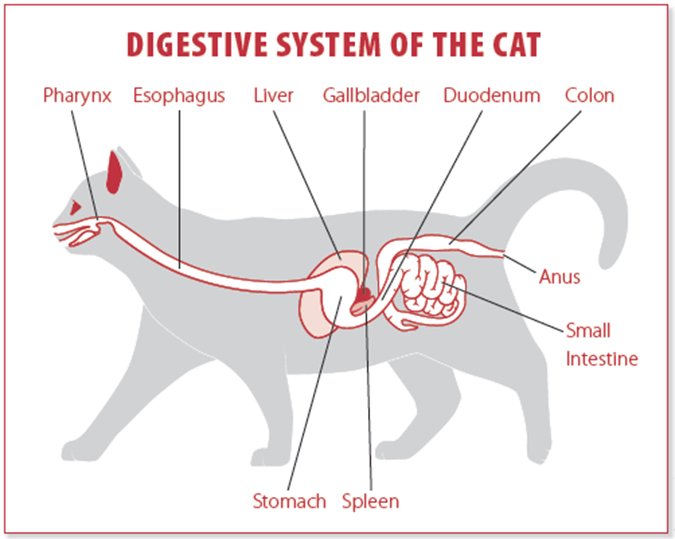



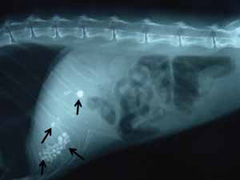


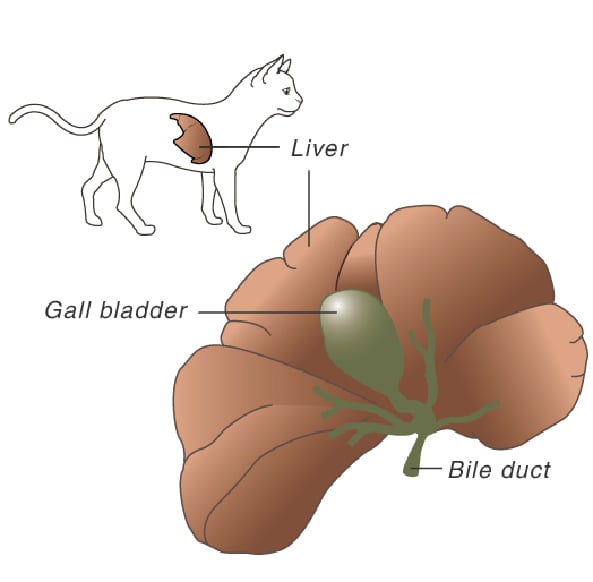
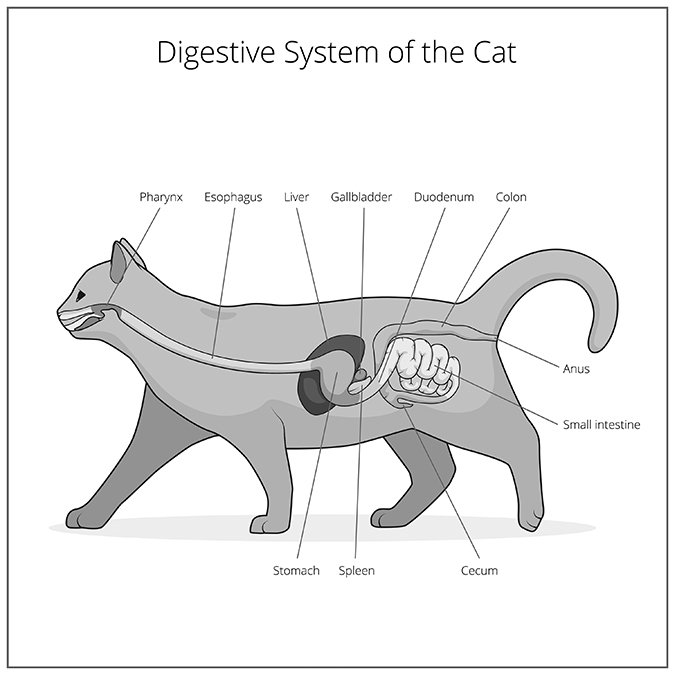

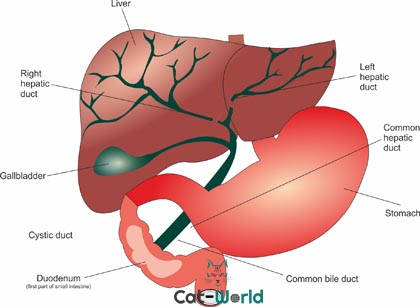





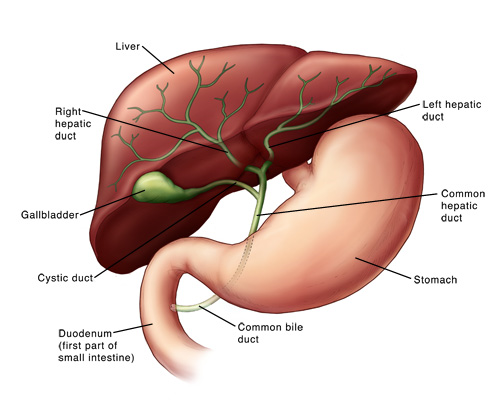

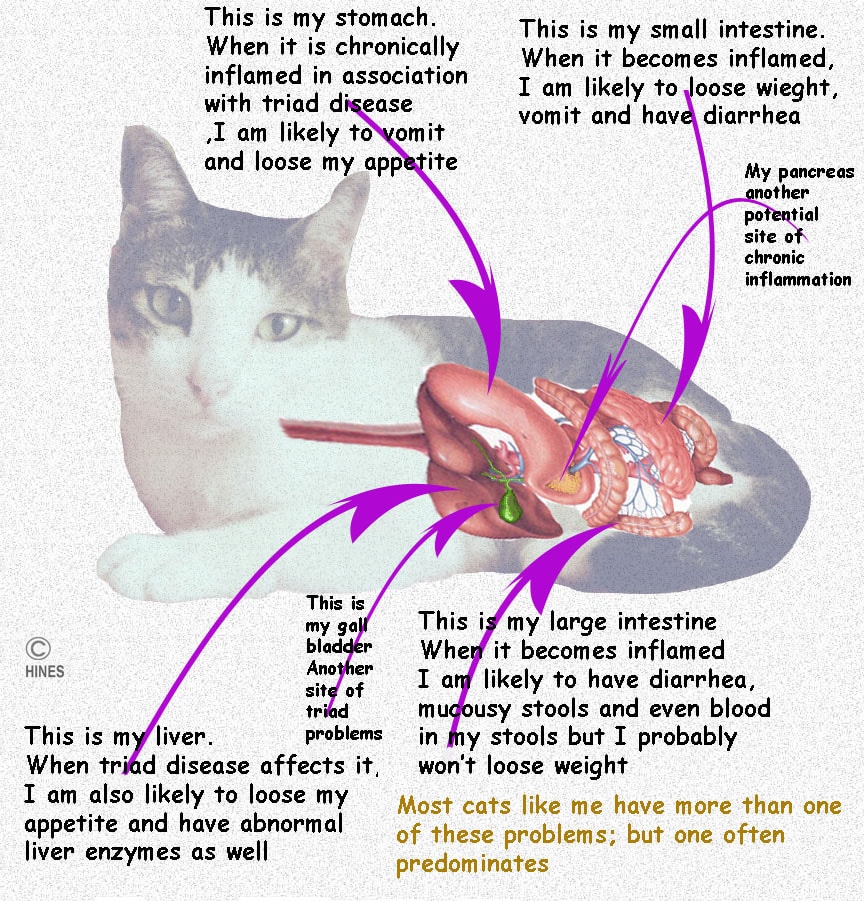


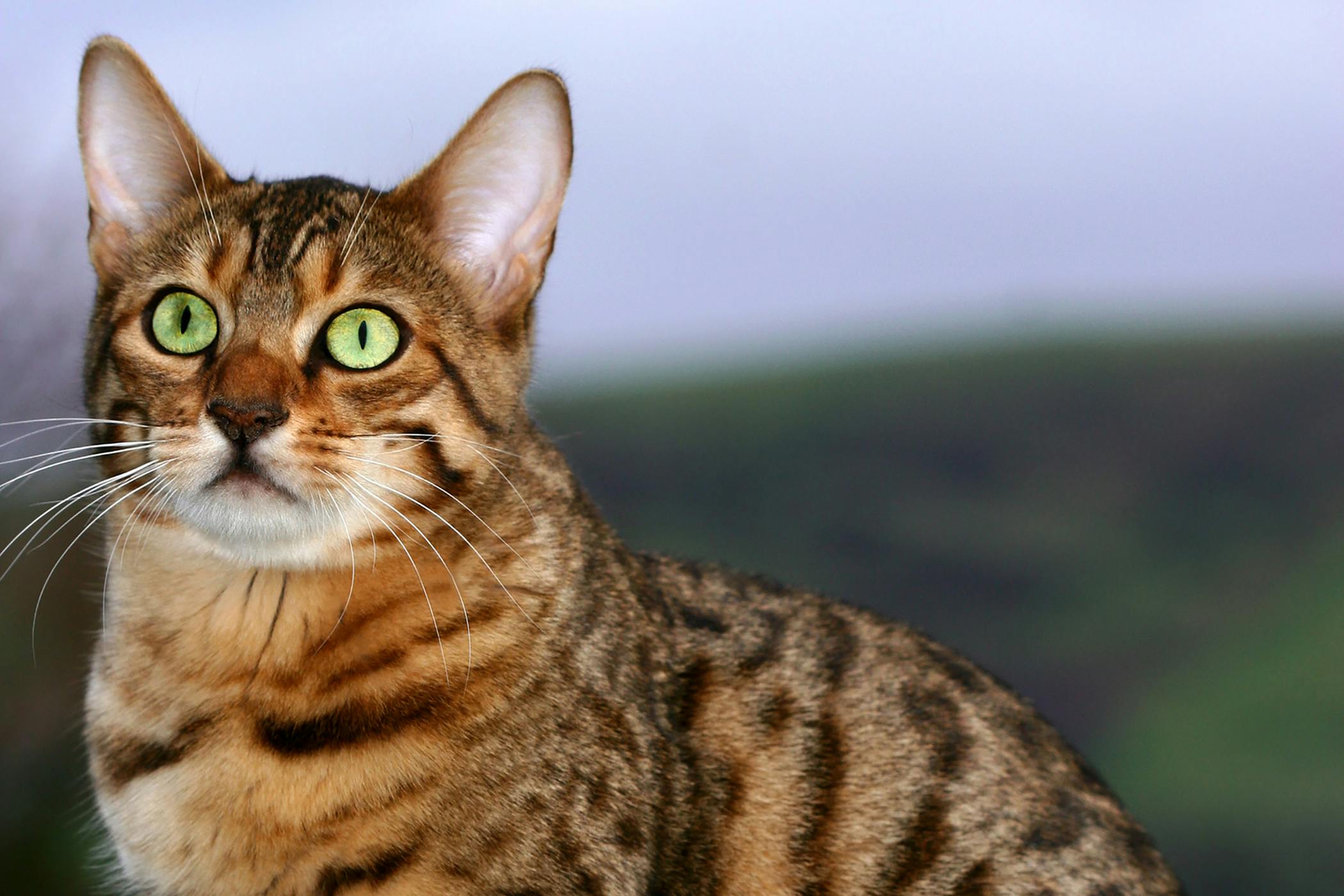
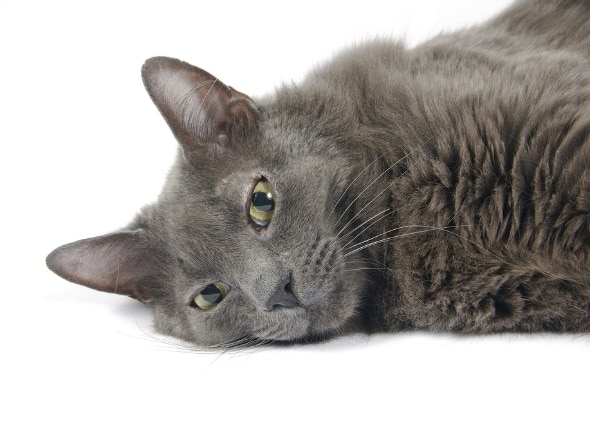
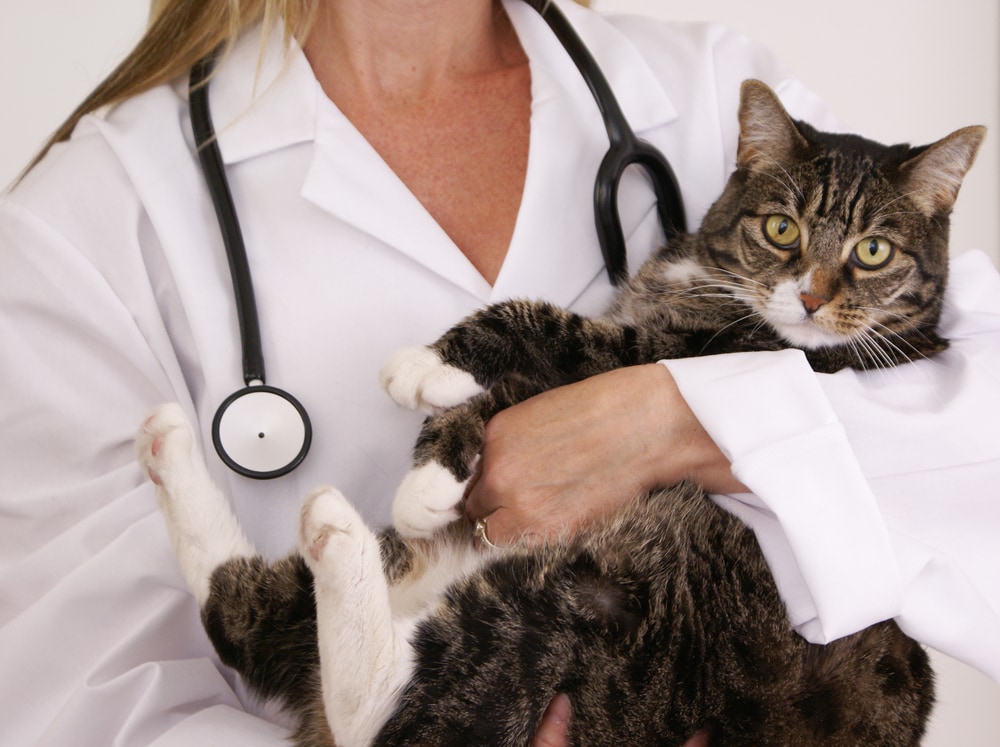


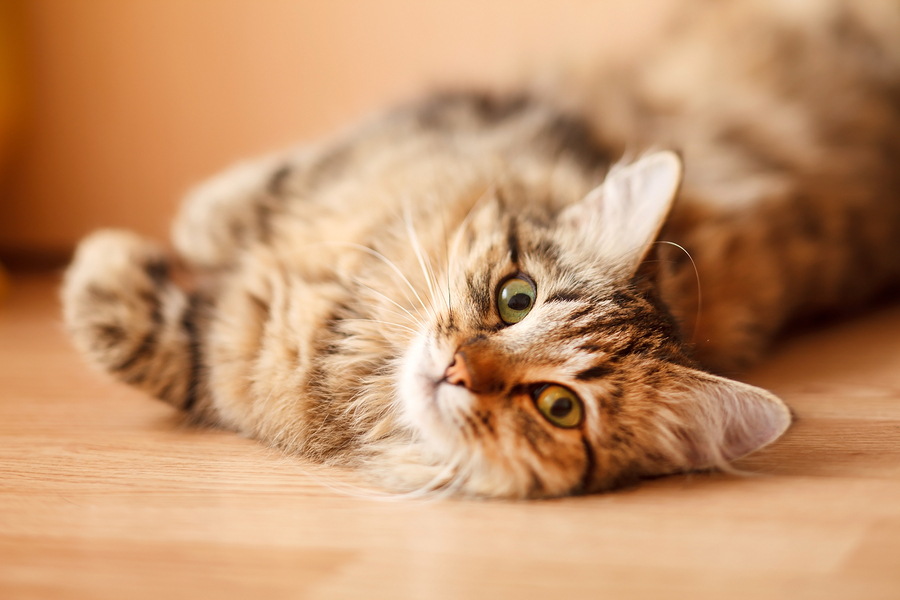
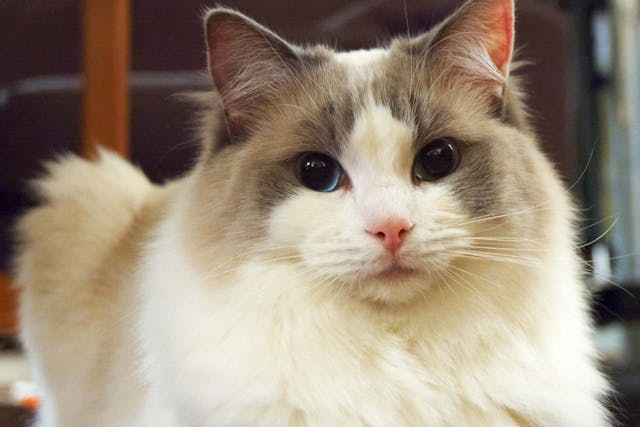

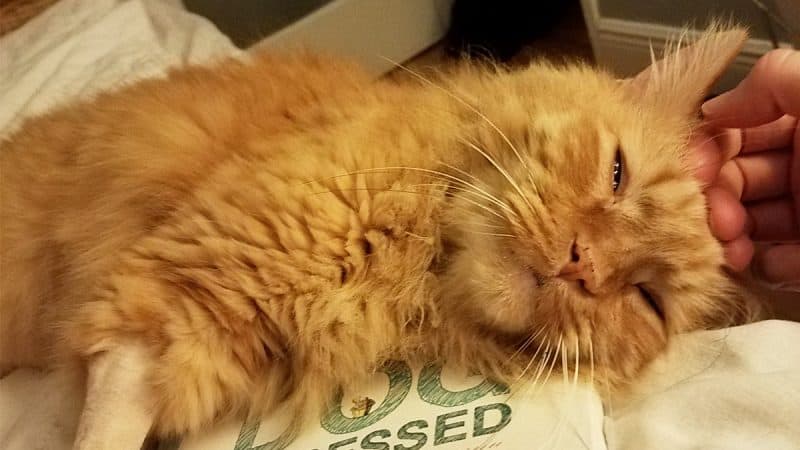
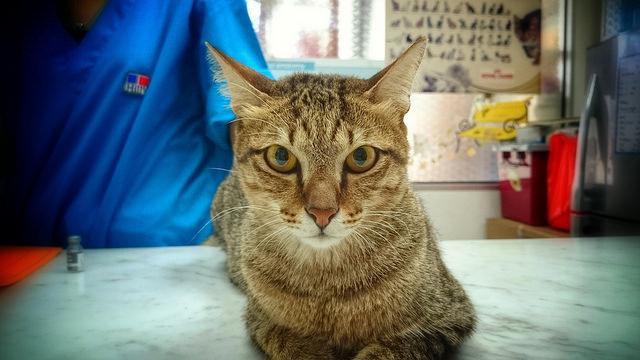


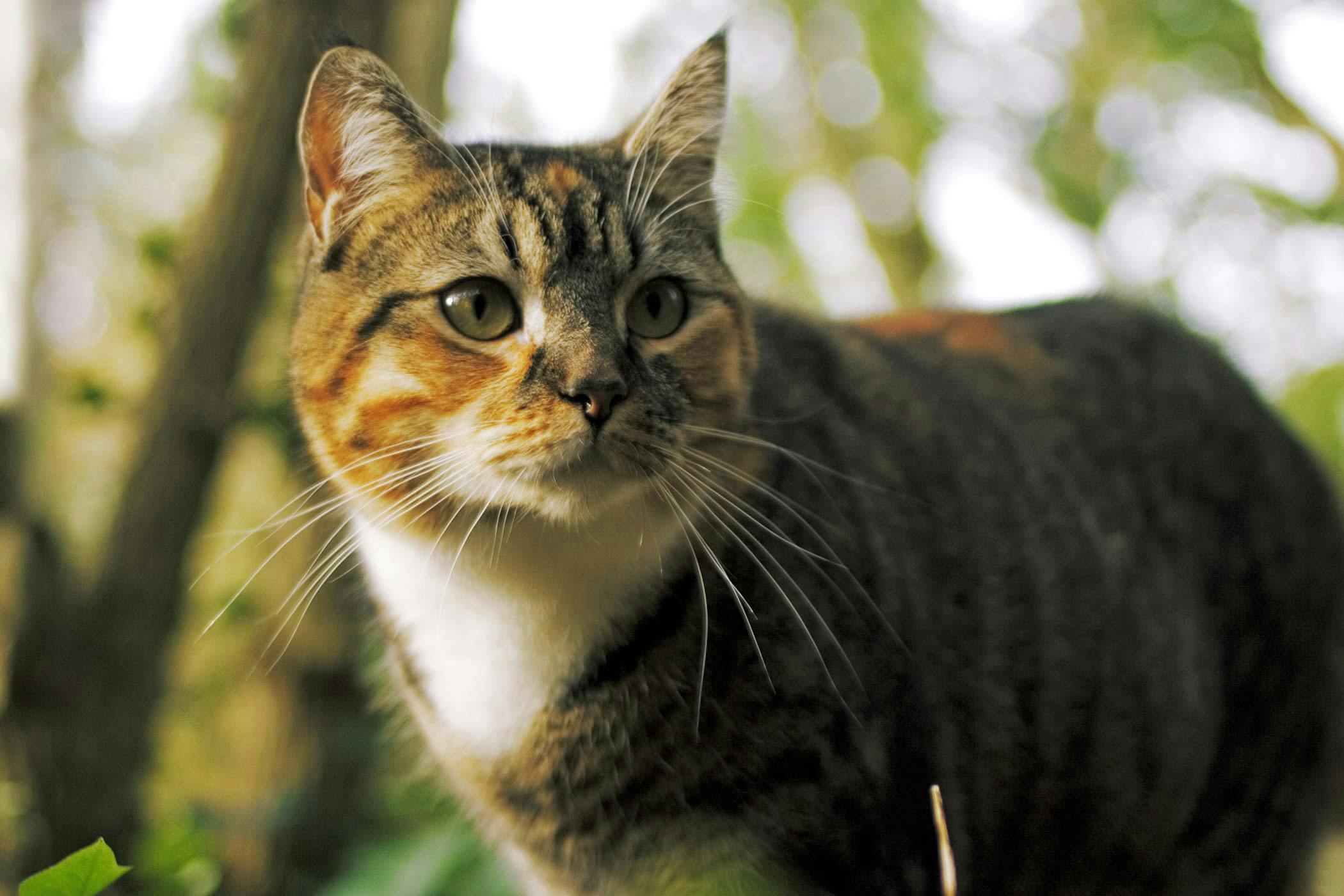



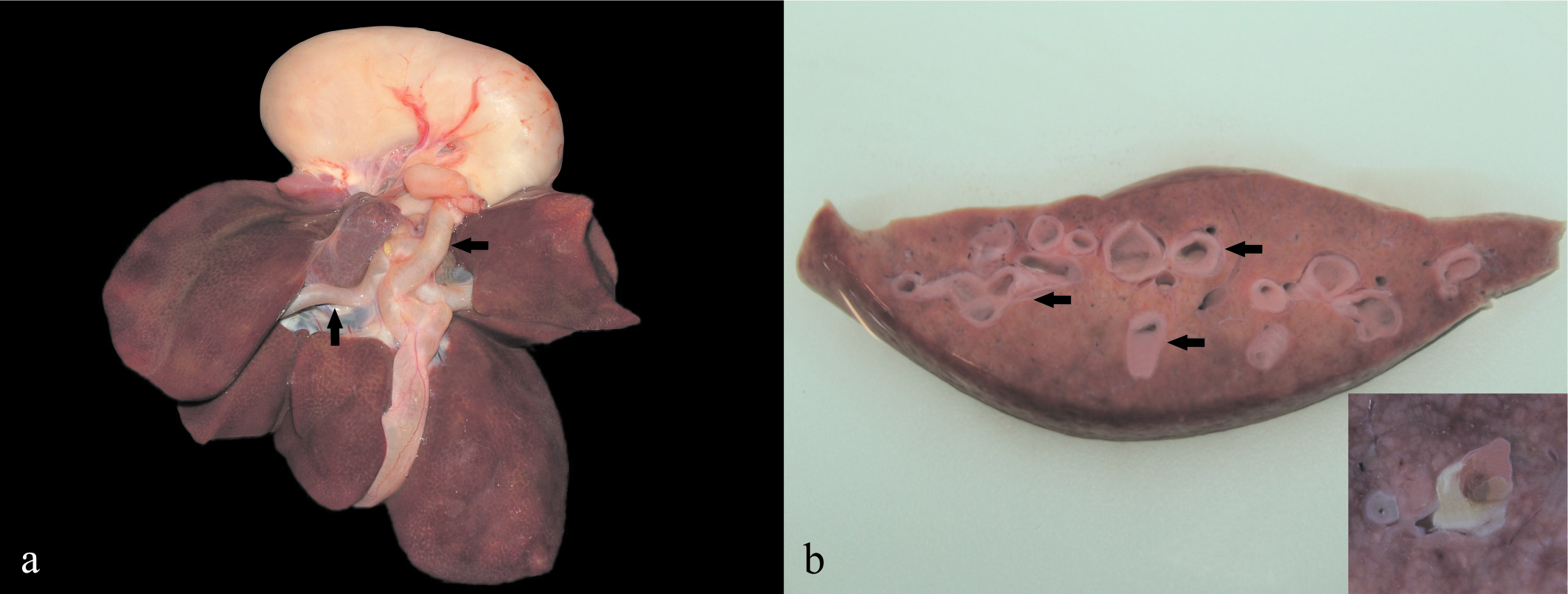

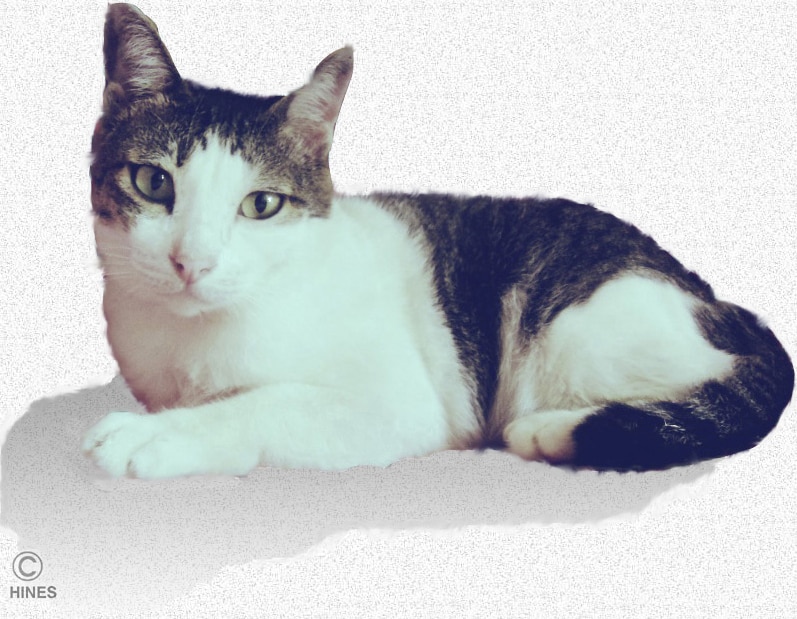
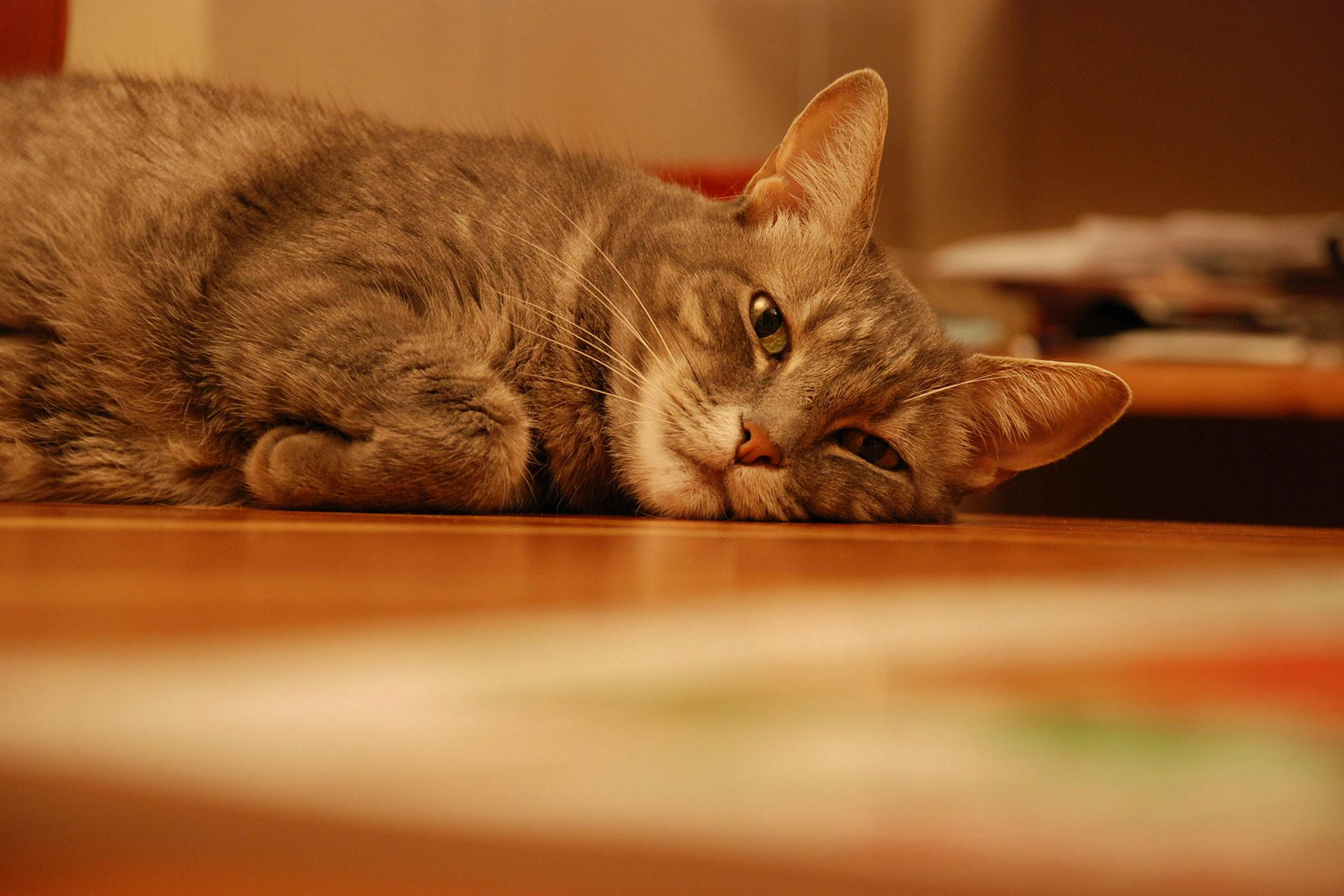
Post a Comment for "Gallbladder Disease In Cats"